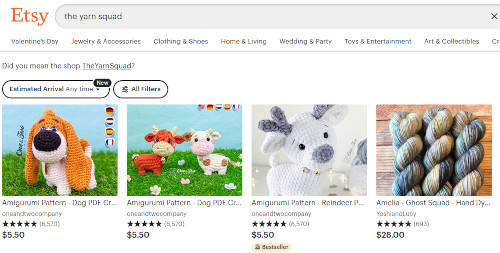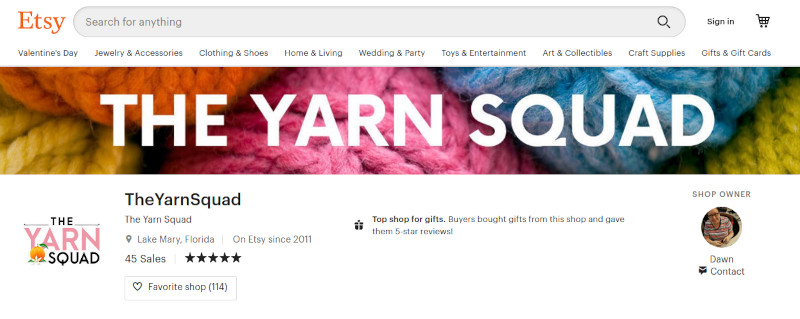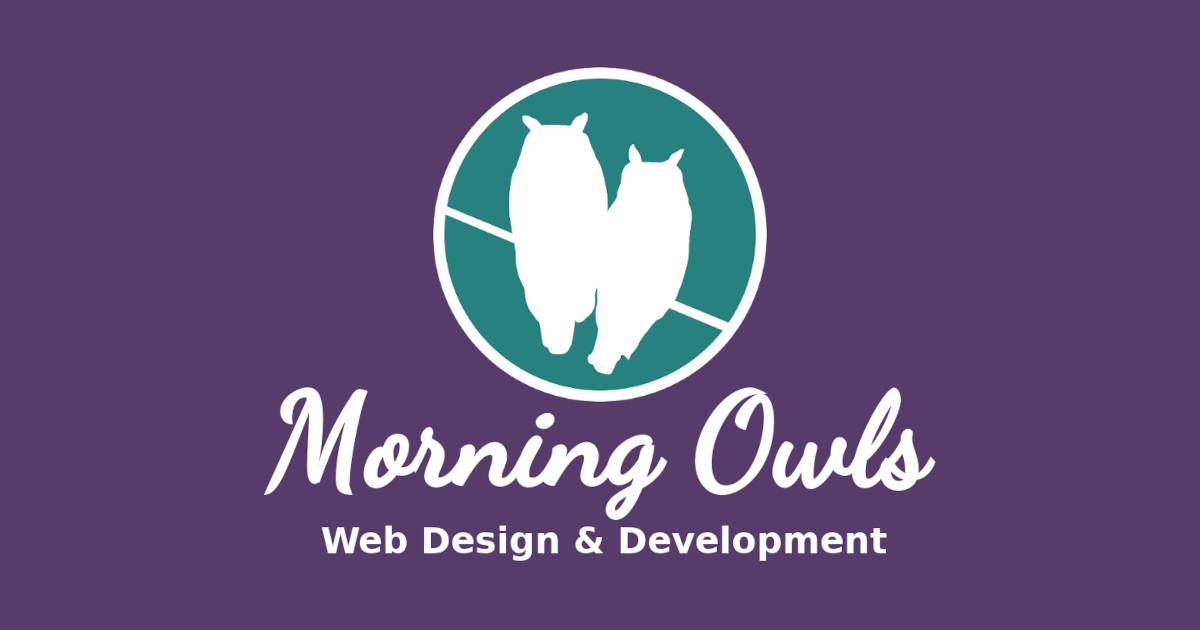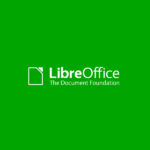How to increase your exposure and easily integrate your Etsy products on the cheap
You may be thinking to yourself “My Etsy store is already on the web. Why on earth would I need a website for it?” To which we say “We’re glad you asked!”
So, let’s start by moderating the title just a tad. It is possible that you don’t WANT to sell any more items than you already do. That is a real possibility. If you are selling some meticulously hand-crafted item in your Etsy store, you may only be able to produce one item a month. If that’s how many you are selling and you don’t want to grow your operation at all, then you can stop reading.
If, however, you are like most people, and you would like to increase your sales and income from your Etsy store, then read on!
Let’s start by acknowledging that Etsy is basically a good thing in many ways. It allows very small producers of products to do business. Another way of saying that is “Etsy lowers the cost of doing business”. That means the rest of us can have beautiful, affordable, hand-crafted stuff that we like.
It means we don’t have to have absolutely everything around us mass-produced by some factory far away. It means our home furnishings can reflect our own taste and not just the three finishes that are available in the circuitous rat-maze, next to the suspiciously cheap, foreign, meat-ball dispensary…( you know what I’m saying! It ain’t natural! ) But, I digress.
In short, Etsy provides an opportunity for the very small entreprenuer to dip their toe in the waters of the market and see what happens.
It helps those entreprenuers reduce risk by test-marketing their product before investing more in their business. That’s a good thing. It almost plays the role of a distributed incubator of sorts.
However, it is very easy to reach a limit on Etsy. If you understand a bit about how the Web works, it is easy to understand that Etsy limits your exposure at a low level . Morning Owls recently proved this in the development of The Yarn Squad’s website. The Yarn Squad was doing a tidy little business on Etsy. But, soon they decided they wanted their own website. The results were immediate, undeniable, and you can replicate these results as you read this.
Currently, TheYarnSquad.com still maintains both an Etsy store and it’s own independent website. You can see that this is beneficial by simply doing searches both on Etsy itself and on our favorite privacy-respecting search engine, DuckDuckGo.com.
When we search for “The Yarn Squad” on Etsy, the search form automatically changes the search term to “The Yard Squad” (likely because there is more high-sales stuff over there) and yields a page full of stuff that isn’t even close to “The Yarn Squad”.

Etsy does offer an option to revert back to my original search term (that’s nice since that’s what I actually typed). So, I click it and get another page full of products from vendors who are NOT “The Yarn Squad”.

Finally, Etsy’s search offers me an alternative search term of “TheYarnSquad” which I click and get directed straight to TheYarnSquad’s Etsy store. Do I have to tell you how many potential customers would never make it through this gauntlet and arrive on The Yarn Squad’s Etsy store page?
So, what about DuckDuckGo.com? What happens when I search for “The Yarn Squad ” there? Here is where you see the magic happen.
The search results have TheYarnSquad.com as the very first entry on the list. Just to be clear, the website, NOT the Etsy store page shows up as the first entry of the search results. In fact, nowhere on the page is anything about The Yarn Squad’s Etsy store page. There are lots of Etsy pages that show up, but NONE of them have anything to do with The Yarn Squad. To us here at Morning Owls, these results say everything you need to know about the impact of your own website. We don’t need to get into a boring explanation of how SEO or search algorithms work. The proof is in the pudding.
Your own domain name and your own website make you a full participant in the Web in a way that aggregation sites like Etsy will never match.
We should also point out that, aside from the all important search results, there are many other reasons to establish your own website as you try to grow your small business. Etsy, like all agreggators, offers extremely limited flexibility in the creative control you can have over your public presentation and representation of your brand. All of these shackles and more are unlocked when you own a website. Just look at the difference between TheYarnSquad Etsy store and TheYarnSquad.com.


Here’s the kicker. You CAN have it all.
You don’t have to kill your Etsy store and embark on the time and investment of a full-fledged ecommerce website in order to have this benefit. You don’t even have to take on the complexity of handling taxes and transaction processing.
You can have a fully Web-exposed site that integrates with your existing Etsy store, giving you the best of both worlds.
Whether you have a static landing page or a fully dynamic site, your website can begin broadening your exposure across the web as a virtual storefront that points your customers back to your Etsy products for transaction processing and payment.
Our opinion of the best way to handle this integration on the cheap is to create a post for each of your products within your own website that links to your product pages in your Etsy store. With this method, each of your products would be exposed to the Web and indexed by search engines under your domain name for each post.
This gives you the the improved exposure highlighted above without requiring that you stand up a completely new ecommerce website, capable of handling transactions, taxes, etc.
Any customer who goes to a product page and decides to buy is sent directly to the product’s Etsy page for the transaction…Blam! … the result is full ecommerce support at Etsy’s pay-as-you-go transaction processing and the cost of a $10-$20/mo website.
It doesn’t get much easier and cheaper than that!




